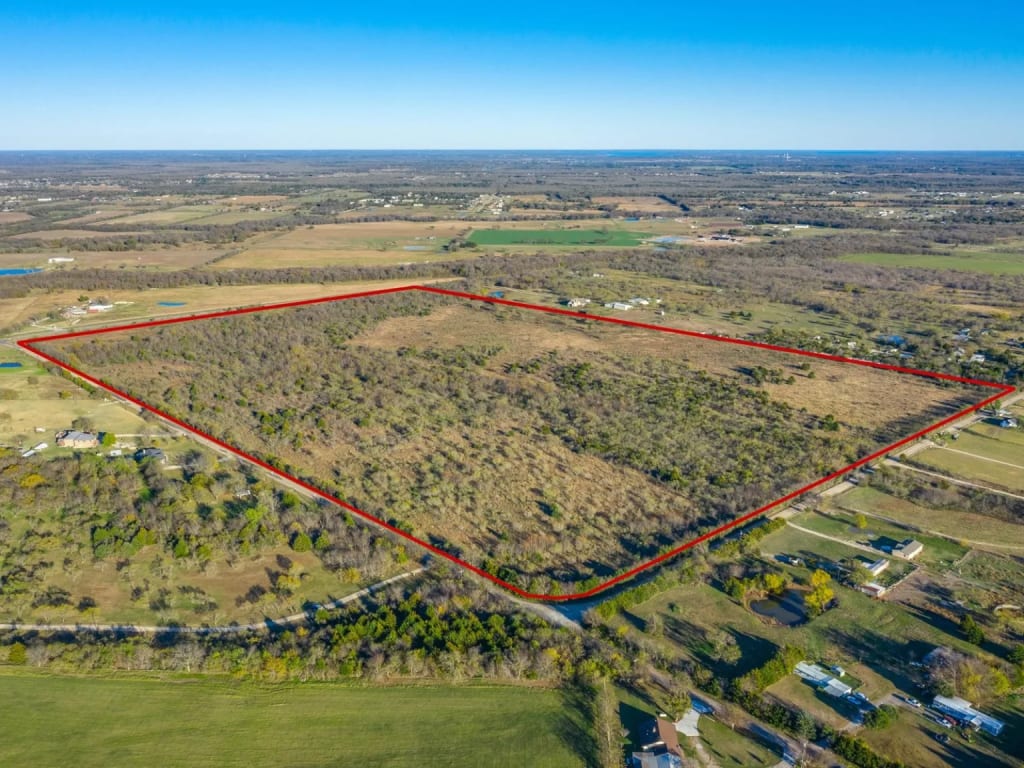Everything You Need to Know About the Land Development Process in Texas
Know about the land development process in texas

Are you looking to develop a piece of land in Texas? If so, you’ll need to know the ins and outs of the land development process. This blog post will guide you through the steps of land development in Texas, so that you can feel confident moving forward with your project. We’ll cover the necessary permits, how to find an experienced development partner, and more. Read on to learn all the details you need to know about the land development process in Texas.
Table of Contents
Preliminary Research
When it comes to the land development process in Texas, the first step is to conduct some preliminary research. You need to determine the zoning requirements and restrictions of the area where you plan to develop your land. In some cases, you may need to obtain a variance from the local zoning board before you can proceed. You should also research local building codes and regulations to ensure that your project meets all requirements. Additionally, you need to find out what types of permits and licenses you will need for the construction and operation of your project.
You will also need to assess the potential impact of your proposed development on the surrounding area. This includes researching the local ecology, hydrology, and any other environmental factors that might be affected. You also want to consider how it will affect the local population and infrastructure.
Finally, you need to determine what type of resources you will need for your project. This could include materials, supplies, and equipment as well as skilled labor. All of these factors should be taken into account when making plans for the land development process in Texas.
The Application Process
The first step in the land development process in Texas is to apply for the necessary permits and approvals. Depending on the project, this could include zoning changes, subdivisions, and building permits.
When applying for a permit or approval, you will need to provide detailed information about the proposed development, including site plans, drawings, and any required documents from local government agencies. It is also important to have letters of support from the surrounding community, if applicable.
The application process can take up to a year to complete and may require several rounds of revisions and amendments. Once your application is accepted, the next step is to go through the public hearing process. This will involve notifying the public about the project and giving them an opportunity to provide feedback.
Before submitting your application, it is important to research local ordinances and regulations that may affect your project. You should also reach out to local government officials and other stakeholders to ensure that all requirements are met. Lastly, be sure to include detailed information about your project so that your application will be accepted without issue.
The Public Hearing Process
The public hearing process is an essential step in the land development process in Texas. This stage is where the local governing body (usually a city council or county commissioners court) reviews and considers proposed land development projects. During the public hearing, representatives from the city or county will evaluate the proposed project and any potential impacts it may have on the surrounding community, such as traffic and noise.
The primary goal of a public hearing is to allow local citizens to voice their concerns about the proposed project. Public hearings typically include presentations from both the developer and citizens. The developer will present their proposal and answer any questions from the local government representatives. Citizens may also be allowed to speak during the hearing in support or opposition to the project.
After hearing all the presentations and testimonies, the governing body will decide on whether or not to approve the proposed project. It is important for developers to prepare thoroughly for a public hearing and anticipate any objections or questions that may be raised by citizens or local representatives. Having an experienced attorney present during the hearing can be very beneficial as they can ensure that the developers’ rights are protected.
Securing Financing
If you plan to develop land in Texas, you will need to secure the appropriate financing for the project. Financing will likely be one of the most important factors in determining the success of your development. There are several options for financing your project that you should consider, including private loans, government grants, and crowdfunding.
Private Loans: Private lenders can provide both short-term and long-term loans for land development projects. In most cases, these loans will require a down payment, collateral, and an interest rate that will vary depending on the lender. When seeking a private loan, it’s important to do your research and shop around for the best interest rate and terms.
Government Grants: The government offers a variety of grants to assist with land development projects. These grants are typically awarded to businesses or organizations based on certain criteria, such as creating jobs or promoting economic growth in a specific region. Before applying for a grant, make sure to research the eligibility requirements and understand the application process.
Crowdfunding: Crowdfunding has become an increasingly popular way to finance land development projects. With crowdfunding, you create an online fundraising campaign and solicit donations from people all over the world. Depending on the platform you use, you may be able to offer rewards to those who donate, such as discounts on future projects or products.
No matter which financing option you choose, make sure to do your research and find the best deal for your project. With proper planning and due diligence, you can successfully secure the necessary financing for your land development project in Texas.
The Construction Process
Once the land development application has been approved and financing has been secured, construction can begin. The process involves a variety of different elements, such as site preparation, infrastructure development, and any other necessary construction activities.
Site Preparation: Site preparation includes activities such as excavation, grading, drainage work, and other necessary soil preparations for the development of the land.
Infrastructure Development: Infrastructure development is necessary for any project and usually includes activities such as utility connections, road construction, and installation of sidewalks.
Other Construction Activities: Depending on the scope of the project, there may be other construction activities such as building structures, landscaping, or installing lighting fixtures. These activities are usually completed by contractors hired by the developer.
The construction process is often a lengthy one and can take several months to complete. It is important to have a good plan in place before beginning any construction so that the project is completed in an efficient manner. Additionally, the developer must make sure to follow all local building codes and regulations during the entire process. Once the construction is finished, it must pass all necessary inspections before a certificate of occupancy can be issued.
Certificate of Occupancy
Once the development process is complete, a Certificate of Occupancy (CO) must be obtained to ensure that the project meets all local building codes and is safe for occupants. The CO can only be granted by the local municipality or county where the development is located. The process of obtaining a Certificate of Occupancy requires that all inspections and permits have been completed and all fees have been paid. Once approved, a Certificate of Occupancy is valid for five years unless the structure is altered or changed in any way.
To obtain a Certificate of Occupancy, the developer must provide documentation to the local municipality or county showing that the development has been completed according to all applicable regulations. This may include building plans, site plans, surveys, environmental reports, soil reports, utility connections and/or other necessary documents. Additionally, the developer must prove that all inspections have been performed, all fees have been paid and all permits have been issued.
Once the municipality or county is satisfied that all requirements have been met, they will issue the Certificate of Occupancy. Once this certificate is granted, occupancy of the development is permitted. It should be noted that if any changes are made to the development after the Certificate of Occupancy has been issued, a new one must be requested and obtained.
The Certificate of Occupancy is an important part of the development process in Texas as it ensures that all local regulations are followed, and that the development is safe for occupants. It is also an important document to keep on file as it serves as proof that the development has met all local standards and was properly completed.





Comments
There are no comments for this story
Be the first to respond and start the conversation.